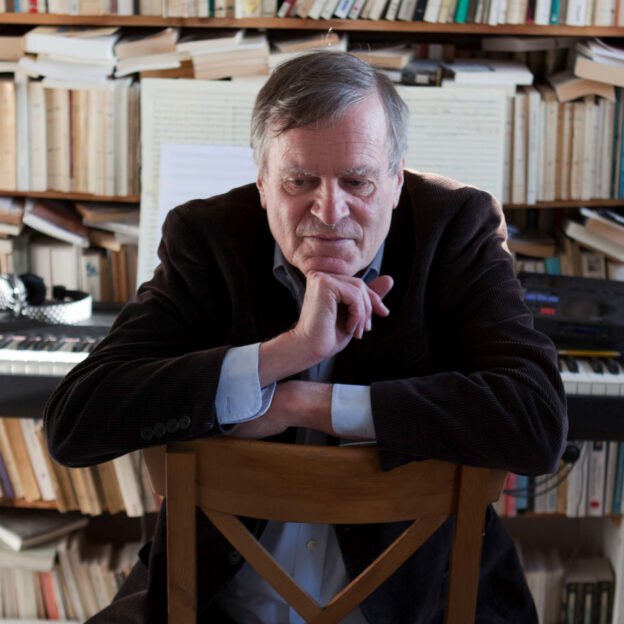Himitsu no neya – 秘密の閨 –
70,00 €
My discovery of Japan in April 2010 was decisive in the evolution of my compositional work.
It gave rise to a multi-layered reflection that has so far manifested itself in five pieces – the three pieces in my Nara cycle (2010), my piece for choir, shô and ensemble Croisées dormantes (2011) and my piece for solo cello ensemble and electronics Epopées – pauses pluitées (2012).
Within these pieces, the question of the link between heterogeneous elements – very important in Shintoism – and the relationship between fixity and movement – very present in traditional music such as Gagaku – were at the heart of my concerns.
I discovered the story of Adachigahara after a fascinating reading on Japanese tales and legends. This story is also the basis of a Noh play of the same name, extremely popular in Japan, which I was lucky enough to see during my penultimate stay in Tokyo, at the National Theatre in July 2011. It’s interesting to note that in the Noh play Adachigahara, only the end of the story is told – a group of monks seek shelter in a mysterious forest hut inhabited by an old woman; the youngest of them discovers that she turns out to be an “Oni” witch who devours her guests. The first part of the story, which focuses on the old lady’s much more tragic past, does not appear in the play: it exists in oral tradition. So I thought I’d work on the link between these two parts of the same story.
The project for this opera thus raises the central question of representativeness, a question expressed by the rewriting of the story – carried out by Noh specialist Sachiko Oda – and by the elaboration of shadow music, both present and hidden, which excludes all forms of exoticism and builds on the heterogeneity and fixity already sketched out in the above-mentioned pieces.
Comprising nine screens and two interludes, Himitsu no neya also refers to the Bluebeard fairy tale (whose points of encounter with our subject are astonishing), through the use of O.E.M. (Objets Esthétiquement Modifiés) from Paul Dukas’s Ariane et Barbe Bleue.
The subtlety of the material is highlighted by the creation of evanescent, environmental electroacoustic musical spaces. The result is a strange musical discourse, imbued with a delicate expressiveness that is open to the world, and an elusive, intimate fragility.
Aurélien Dumont
Additional information
| Weight | 0,300 kg |
|---|---|
| Dimensions | 297 × 42 × 1 cm |
| Support | PDF, Papier |



































































